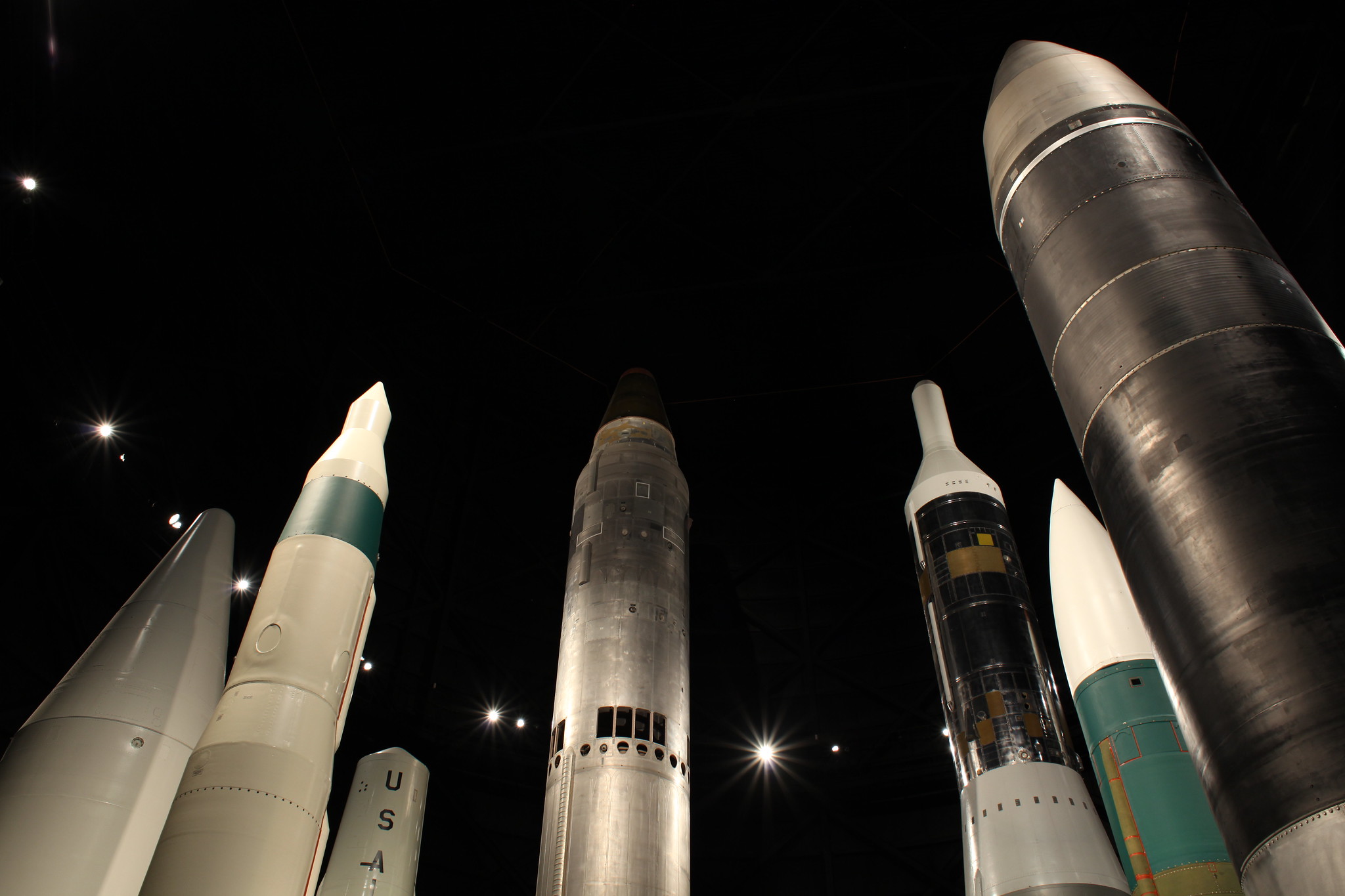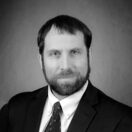March 19, 2025
The U.S. and China must avert a nuclear standoff

U.S. President Donald Trump said last month he wants to open nuclear arms control talks with China and Russia. In the past, China has resisted a trilateral approach—a hesitancy that has some logic to it given China’s nuclear arsenal is dwarfed in comparison with the U.S. and Russia. While it’s likely true that U.S. pressure to end the Russia–Ukraine War is fostering some concern about Washington’s security commitments across the Asia-Pacific, all concerned will benefit from greater focus on easing regional nuclear tensions.
The disparity between U.S. and Chinese nuclear arsenals has indeed led China to build more nuclear weapons and even construct an enormous military headquarters near Beijing that will be 10 times the size of the Pentagon, complete with deep underground units built to withstand nuclear strikes. Despite Beijing’s anxiety, Trump has some realistic options to defuse the nuclear rivalry.
Could a flare-up over Taiwan, or even some disputed reef in the South China Sea, escalate into a nuclear war? Unfortunately, the answer is yes, and the prospects for such a war are increasing.
China’s regional ambitions and its rapid nuclear weapons buildup are partly to blame. But so are myriad U.S. foreign policy and defense signals.
More on Asia

Featuring Lyle Goldstein
November 14, 2025

Featuring Jennifer Kavanagh
November 5, 2025

Featuring Lyle Goldstein
November 4, 2025






